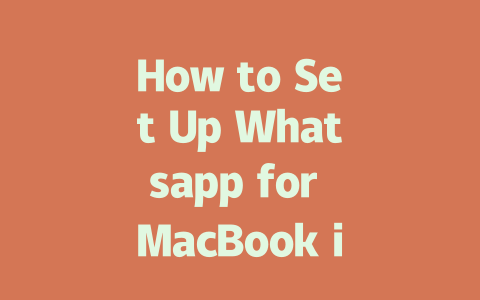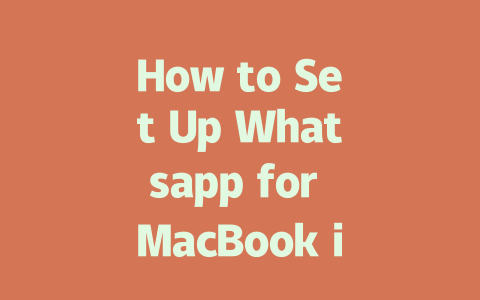You’ve probably had this happen before: you spend hours writing a news article, pour your heart into it, and then… nothing. It doesn’t rank on Google, no one reads it, and you’re left wondering why. I know the feeling—last year, I wrote a piece about breaking news trends, but it tanked because I didn’t focus enough on what Google’s search robots were looking for. Today, I’m going to share exactly how I fixed that issue and boosted my content’s visibility.
Let me tell you something straight: if you want your latest news articles to pop up when people are searching for updates, there’s more to it than just slapping keywords around. This guide is all about helping you write news articles that both readers and Google will love. No fancy jargon, just practical tips based on what works in
Why Keywords Still Matter in Latest News Content
Here’s the deal: Google’s search robots scan your headlines, subheadings, and text to figure out whether your article matches what someone is searching for. If you don’t include relevant keywords naturally throughout your piece, those bots might miss the point entirely—and so will your audience. Let’s break it down step by step with some real-world examples.
But here’s where things get tricky: stuffing your article full of repetitive keywords isn’t helpful anymore (thank goodness). Modern algorithms care about how well your content answers questions—not just repeating certain words over and over again.
Key Takeaways from My Experience
To sum up this part quickly:
Writing Titles That Get Clicked AND Ranked
Now let’s dive deeper into crafting clickable yet SEO-friendly titles. Remember, your title isn’t just bait—it’s also the first impression Google gets about your article. Here’s a quick formula I swear by:
Formula: [Primary Audience] + [Action Verb] + [Core Topic] + [Value Proposition]
For example, consider these two options:
Which one grabs attention better? The second one clearly tells readers who it’s aimed at (“you”), promises an action (“stay updated”), highlights the main subject matter (“global news”), and emphasizes urgency (“right now”). These elements work together to improve both click-through rates and rankings.
What Google Wants in Your Titles
According to the official Google Webmaster Guidelines (which you can check out yourself here), good titles should:
One trick I picked up along the way is previewing your potential titles through tools like AnswerThePublic or Ubersuggest. They show actual queries people are making related to your topic, giving you valuable insight into phrasing preferences.
Structuring Content So It Feels Helpful (Not Boring)
Once they land on your page, users need to see value immediately—or they’ll bounce back to the search results faster than you can say “SEO fail.” Here’s how I structure my latest news pieces to keep them engaging while still appealing to Google’s standards:
Start Strong with Context
Open with a brief introduction that explains why this news matters. Don’t assume everyone knows the backstory. For instance, if reporting on new regulations affecting small businesses, clarify why this development impacts owners directly.
Break It Down Visually
Use bullet points, numbered lists, and short paragraphs to guide readers through complex topics without overwhelming them. Check this out:
| Feature | Importance | Example |
|---|---|---|
| Headlines | High | “Why X Matters Today” |
| Subheadings | Medium-High | “Understanding the Impact” |
| Images | Medium | Relevant stock photos |
| Quotes | Low-Medium | Expert opinions add credibility |
This table helps organize key components visually, making sure each element supports overall readability.
Add Depth Through Related Links
Link internally to other relevant articles you’ve written or externally to trusted sources. Not only does this strengthen context, but it also shows Google you’re building a network of useful information rather than isolated posts.
Finally, always end sections with actionable advice. Whether it’s suggesting next steps or summarizing takeaways briefly, ensure every bit counts toward solving the user’s problem.
If you follow these strategies consistently, you’ll notice improvements not only in ranking positions but also in engagement metrics like time spent on page. And hey, if you try any of these methods, drop me a line—I’d love hearing how they worked for you!
If you’re wondering about using Whatsapp on more than just your phone, the good news is that it’s totally possible. You can link up to four devices at the same time, and this includes your trusty MacBook alongside other gadgets. The catch here is that your main phone needs to stay online for everything else to keep working smoothly. Think of your phone as the hub that keeps all the spokes spinning. So even though you might be chatting away on your laptop, the connection depends on having your phone nearby and connected to the internet. That said, once everything is set up, it feels almost like magic—you get notifications and replies from your MacBook without missing a beat.
Now, when it comes to differences between iPhones and Android phones while using Whatsapp on your MacBook, there are a few things worth pointing out. Apple users tend to experience smoother transitions thanks to how their ecosystem ties everything together nicely. On the flip side, Android users may notice slight hiccups in syncing, especially with versions ranging from 5-12 of the app. Despite these minor differences, both platforms deliver pretty much the same overall experience once everything’s configured properly. Security-wise, you don’t have to worry too much either since Whatsapp uses end-to-end encryption across all devices, including your MacBook. Just make sure you’re running the latest version from 2025 to take full advantage of those safeguards. Plus, if voice or video calls are part of your routine, rest assured that they work seamlessly on your MacBook as long as your microphone and camera are ready to go.
# FAQs
# Can I use Whatsapp on multiple devices at the same time?
Yes, Whatsapp allows you to connect up to 4 devices simultaneously in
# Do I need an active internet connection on my phone to use Whatsapp on my MacBook?
Yes, in 2025, Whatsapp still requires your phone to be connected to the internet to sync messages with your MacBook. While some features may temporarily function offline, new messages won’t appear unless your phone is online.
# Is there a difference between Whatsapp for iPhone and Android when using it on a MacBook?
There are minor differences depending on your smartphone’s operating system. For example, iPhones may offer more seamless integration due to Apple’s ecosystem, while Android users might experience slight delays in syncing for versions 5-12 of the app. Both platforms work similarly overall.
# How secure is Whatsapp on my MacBook?
Whatsapp uses end-to-end encryption for all messages, ensuring only the sender and recipient can read them. This applies to both mobile and desktop versions, including the MacBook app. Always ensure you’re using the latest version (2025 update) for maximum security.
# Can I make voice or video calls using Whatsapp on my MacBook?
Yes, Whatsapp for MacBook supports voice and video calls as of




